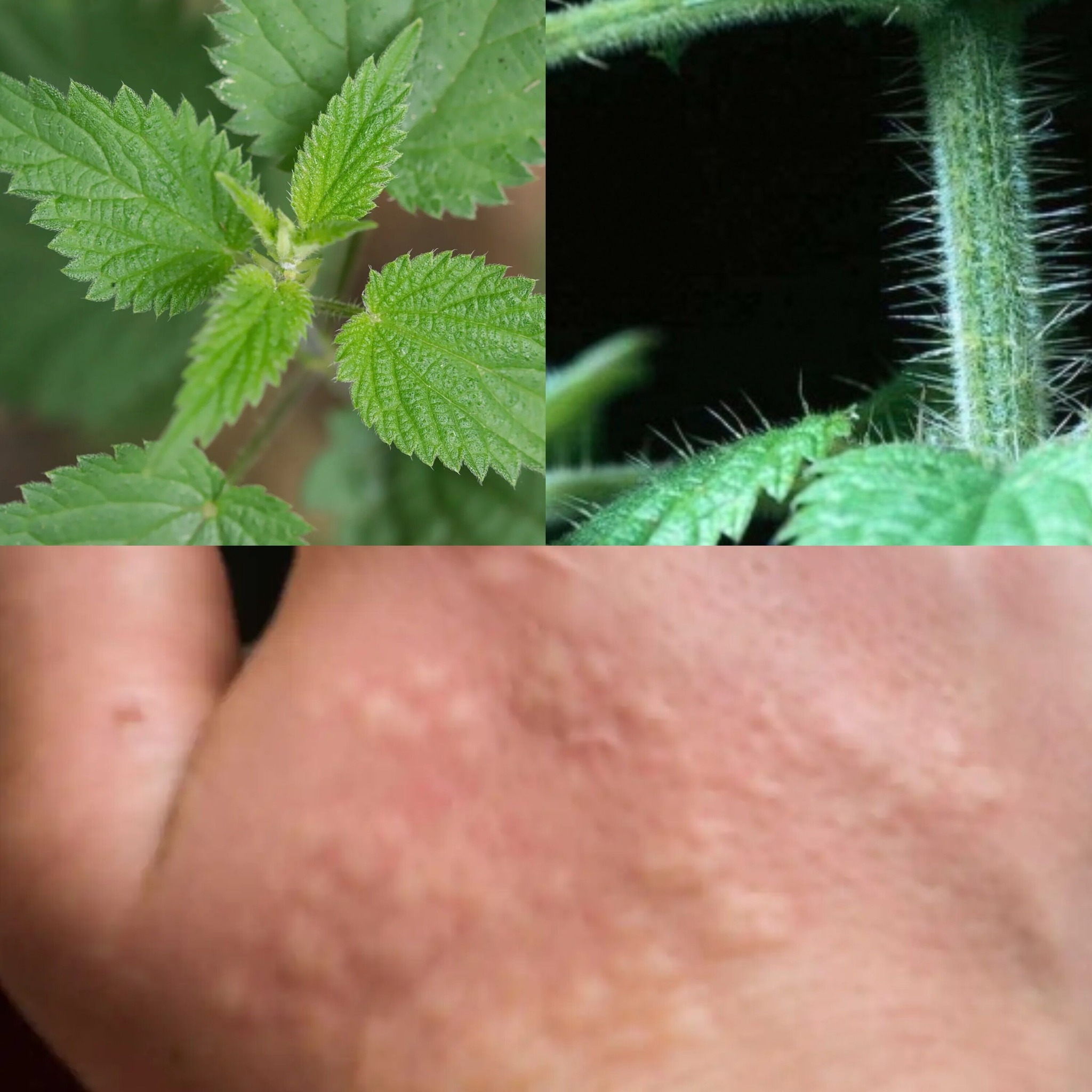Stinging Nettle: Unveiling the Nutritional Powerhouse
When you’re planning a garden or meal, stinging nettle may not be the first plant that comes to mind, but its unexpected advantages can make a difference. Despite the unpleasant connotations associated with its name, stinging nettle is actually one of the healthiest plants you can eat.
A Nutrient Treasure Trove
In terms of nutrients, stinging nettle is an absolute winner. It’s loaded in iron, calcium, magnesium, potassium, and many B vitamins in addition to vitamins A, C, and K. This makes it a great supplement to any meal, particularly if you want to increase the amount of nutrients you eat naturally.
Numerous Health Benefits
- Beyond its nutritional value, stinging nettle has many more advantages. It is well renowned for its anti-inflammatory qualities, which are advantageous for people who have regular aches and pains. Furthermore, nettle has been used traditionally to promote joint health and reduce arthritic symptoms.
- Stinging nettle is also beneficial for folks who are worried about their heart health. It’s a smart option for preserving cardiovascular health because of its capacity to support appropriate blood pressure and blood sugar regulation.
Including Nettle in Your Nutrition
- It is surprisingly simple to include stinging nettle in your diet. Nettle leaves are sensitive when young and can be prepared in the same way as spinach. They can be added to soups and stews, sautéed, or steamed. Try incorporating some nettle leaves into your preferred smoothie or soup recipe as a basic starting point. Just be careful—the raw leaves can sting—and handle them with gloves until they’re cooked!
An Organic Increase in Daily Well-Being
- One nutrient-dense, all-natural way to improve your diet is to use stinging nettle. Nettle is a multipurpose plant that can help you achieve several health goals, such as reducing inflammation, supporting heart health, or fortifying your meals with more vitamins and minerals. If you give this underappreciated plant hero a chance, you might discover a new favorite ingredient for your recipes.
